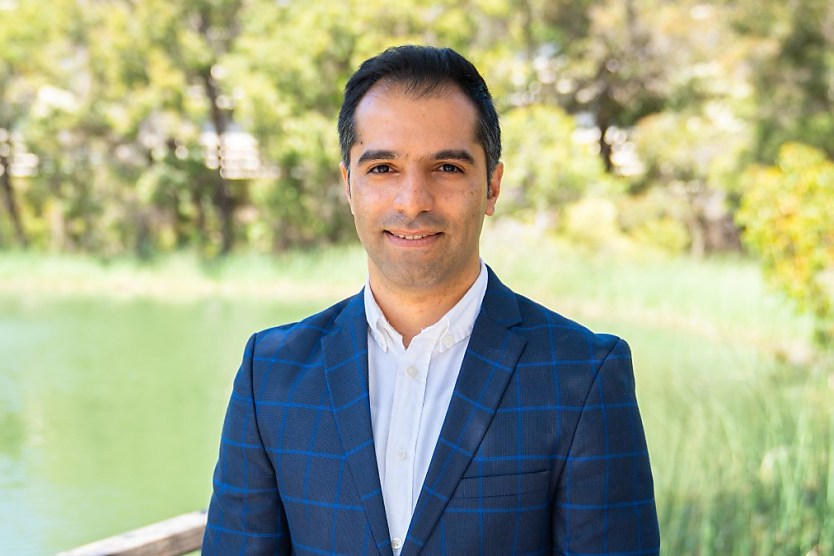Migrants face barriers integrating into Australian culture
SHARE THIS ARTICLE

Mid-2022, the government raised the migration cap to 195,000 in order to ease persisting skills and talent shortages across Australia.
This influx of migrant workers is great for the economy, but those who have made the journey are reportedly facing challenges that are seeing little improvement.
A review of 56 journal articles published between 1975 and 2021 was conducted by Edith Cowan University (ECU) PhD candidate Omid Rezaei to understand the barriers faced by non-English speaking background (NESB) immigrants.
“The most significant finding of this review is that in almost 50 years, from 1975 to 2021, there has been little improvement in removing some of the barriers that immigrants encounter in the integration process,” said Mr Rezaei.
The research identified five key challenges that migrant workers face:
- Employment
- Language barrier
- Racism and discrimination
- Housing and accommodation
- Social connections
According to ECU, almost 30 per cent of Australia’s population were born overseas. Mr Rezaei noted that NESB immigrants have shaped Australia since the ‘White Australia’ policy was abolished in 1973.
“There have been many advances in recognition and support of migrants entering Australia in the past 50 years. They have been making great contributions to Australian society at all levels: increasing the population, creating jobs, and culturally enhancing the diversity of our communities,” Mr Rezaei said.
“The literature showed that racism and discrimination remain at the heart of Australian society, particularly levelled at African and Muslim immigrants.”
Understanding the barriers facing migrant workers and making accommodations is a great way for business leaders to get the most out of an under-represented workforce.
Helping businesses adhere to regulations is the Migrant Workers’ Taskforce. This branch of the government was established in 2016 to protect the rights of migrant workers in Australia.
The Report of the Migrant Workers’ Taskforce March 2019 report outlined why it is so crucial to provide protections for these vulnerable workers.
“The underpayment and exploitation of a substantial number of temporary migrant workers in Australian workplaces is an unacceptable practice. It has been a feature of the Australian labour market for too long,” said the report.
“Wage exploitation is of great concern to the Australian community. It is damaging to Australia’s reputation and may lead to negative flow-on effects to the proper functioning of the labour market and the economy. It is unfair not only to migrant workers, but also to other employees who are undercut on wages and job opportunities, and law-abiding employers trying to compete on price.
“Australia prides itself on being a country where the principle of fairness underpins our economic and social relationships. However, migrant worker exploitation is a direct repudiation of this.”
According to Migrant Workers’ Taskforce, migrant workers, regardless of visa status, are entitled to the same protections as Australian citizens. Protections are covered under Australian workplace laws. Information and responsibilities can be accessed via the Fair Work Ombudsman.
RELATED TERMS
Your organization's culture determines its personality and character. The combination of your formal and informal procedures, attitudes, and beliefs results in the experience that both your workers and consumers have. Company culture is fundamentally the way things are done at work.
Jack Campbell
Jack is the editor at HR Leader.

